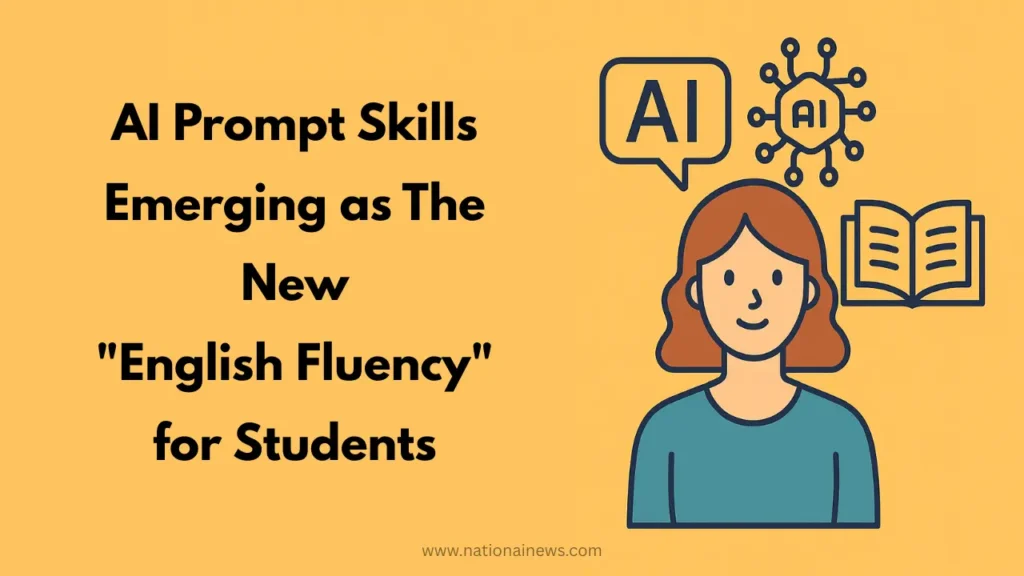
For many years, English fluency, that is, speaking or writing fluent English, was considered a big sign of success in career and education. But now a new language is emerging – the language of communicating with AI. Today many people have started calling it AI fluency.
AI fluency does not mean that you should know coding or build machines. It means how you ask questions to AI tools like ChatGPT, Gemini or Cloud, how you give them instructions, and how to use their answers correctly.
Now not just the language, but the method is also important
Earlier, the correct use of English reflected the way you think and express yourself. But now the times have changed a bit. Now the question is not how well you can write, but what and how you ask AI.
As AI becomes part of our daily work, “prompt skills” – the ability to ask questions and give instructions – have become as important as speaking correct English.
Writing has become a two-step process
Now many people do not write an email, report or blog themselves. They give instructions to AI tools – like “draft a professional email” or “rewrite this paragraph in simple Hindi.” After this, the output they get is used after a little editing.
This has certainly made writing faster and easier, but sometimes human emotions and personal identity also start disappearing from the writing.
Also Read: Top 7 Pros and Cons of AI in Education Full Guide
Are schools ready for this change?
Even today, emphasis is laid on grammar, essay writing and traditional writing style in schools. But children are not being taught how to work with AI tools.
The result is that some children stay away from AI completely, while some become completely dependent on it. Both conditions affect their ability to think and write.
The solution is to teach them:
- How to communicate with AI in the right way
- How to use AI while maintaining their own language and thinking
- And most importantly, how to give a human touch to AI output
Has English lost its importance?
No, English is still important — especially because most AI models are trained in English. But its purpose has changed. Earlier it was a language to express ourselves, now it has become a means to make machines understand.
AI fluency is slowly becoming the new “communication skill”. People who learn it are not only able to understand technology better, but are also moving forward in education, jobs and creative fields in the future.
The question is no longer how well you speak English, but how clearly, accurately and effectively you can communicate with AI — and still keep your original voice alive.
